Yangudi-Rasa National Park
Yangudi-Rassa National Park is in the centre of the Afar Region (in the northern section of the Rift Valley) between the towns of Gewani and Mille, and 500 km from Addis Ababa. Yangudi Mountain lies on its south-eastern boundary, and is surrounded by the Rassa plains. Habitats include Riverine forests along the Awash River, marshes and small lakes, dry riverbeds, rocky hills, sandy semi-desert and wooded grasslands.
Yangudi-Rassa National Park is in the centre of the Afar Region (in the northern section of the Rift Valley) between the towns of Gewani and Mille, and 500 km from Addis Ababa. Yangudi Mountain lies on its south-eastern boundary, and is surrounded by the Rassa plains. Habitats include Riverine forests along the Awash River, marshes and small lakes, dry riverbeds, rocky hills, sandy semi-desert and wooded grasslands.
The sandy semi-desert and wooded grassland make up the largest portion of the park. The two main ethnic groups inhabiting this area are the Afars and the Issas. Ethnic feuds have been frequent between them, but most of the park happens to be in an area where they avoid each other.
More than 230 bird species have been recorded in this area. Being situated on an important migration flyway, many migratory species have been found including Falco naumanni and Circus macrourus, both of which are recorded regularly on migration and during the winter. Other species of interest include Phoenicopterus minor, Petronia brachydactyla and Ardeotis arabs (more common here than A. kori).
The park was proposed in 1977 specifically to protect wild Ass. Besides the wildlife, the park is also important for safeguarding a 50-km strip of rich archaeological remains along the eroded hills near the Awash river. Active management of the park’s resources is minimal, with protection arising primarily as a result of the extremely harsh environment and its position as a no-man?s land between rival pastoralists/ethnic groups. The military has previously killed large numbers of herbivores within the park.
Vegetation type: semi-deasert trees and secculent scrub; semi-arid grass, herb and sub-shrub steppe; arid, broken, xerophilous open woodland
Ecological zone: North East Ethiopia
Major river Catchment basin : Awash
Major wildlife species conserved:Wild ass, Gerenuk, Hamadryas, Baboon, Soemmerring’s Gazelle, Cheetah
Other animals species: Lion, Leopard, Grevy’s Zebra, Greater Kudu, Lesser Kudu, Oryx, Salt’s Dikdik
Number mammal species recorded: 36, endemic : 0
Number birds species recorded: 136, endemic : 2
Source: EWCA

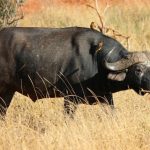
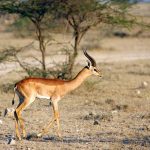
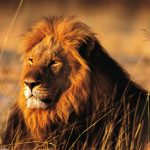

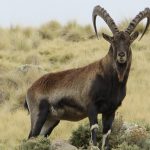

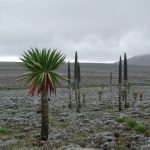
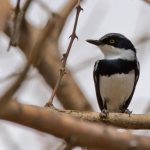



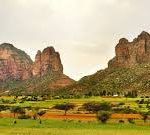
Leave a Reply